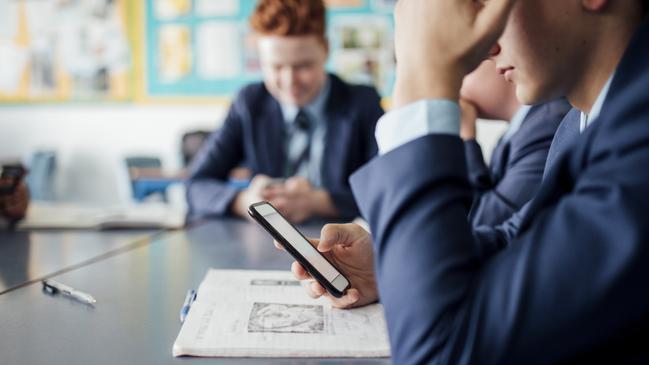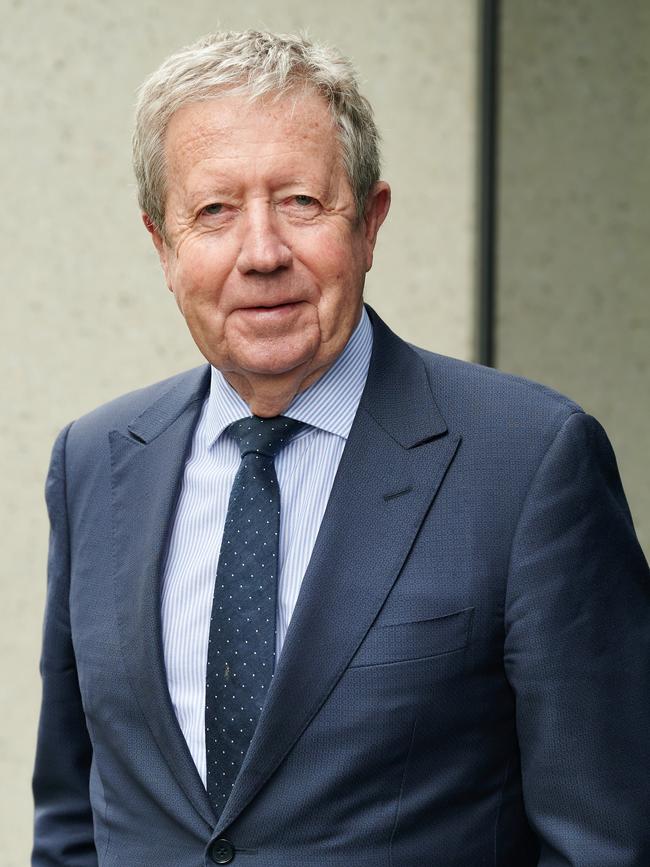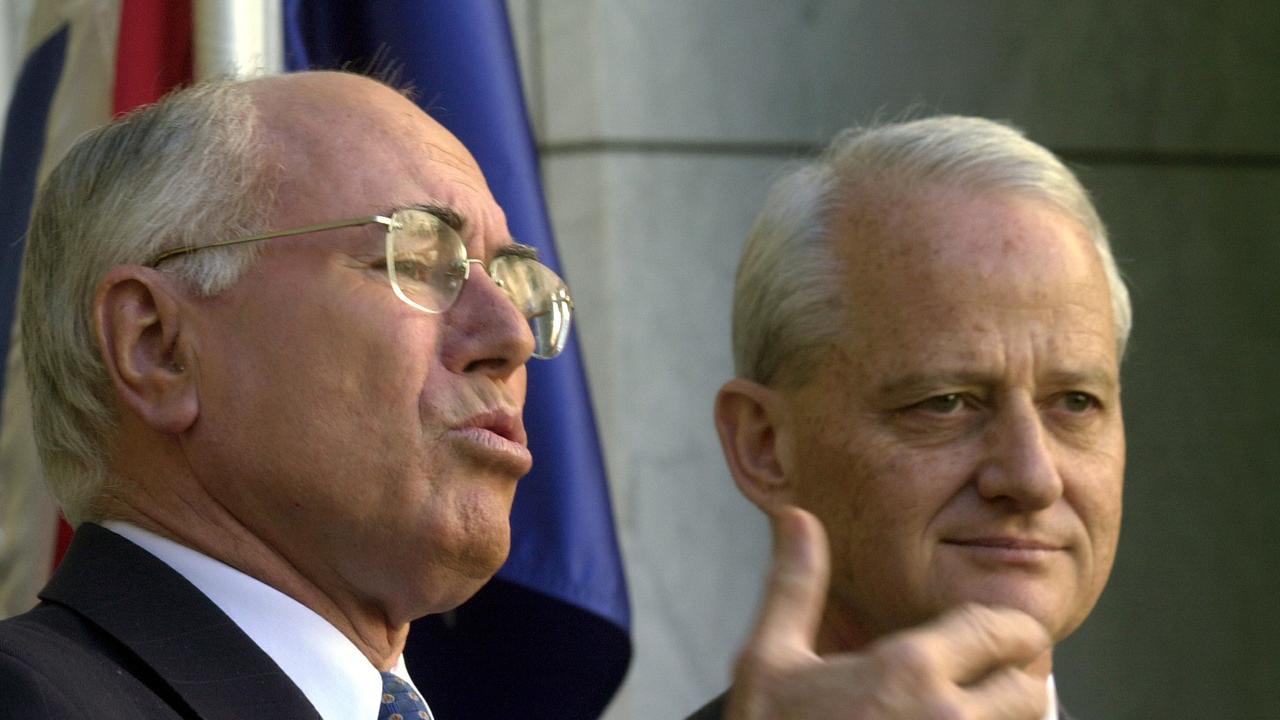Schools educate students on social-media dangers
Increasing concern about the potentially damaging effects of social media on children and adolescents has driven two state governments to examine the possibility of imposing a social-media ban on youngsters under 14.

Increasing concern about the potentially damaging effects of social media on children and adolescents has driven the South Australian and NSW governments to convene a joint summit in October to examine the possibility of imposing a social-media ban on youngsters under 14.
Aware of the potential dangers, Australian boarding schools usually restrict access to smartphones on an age and stage basis, while also providing guidance on how youngsters should protect themselves from scammers and bullies, and how they can determine the sincerity and veracity of social-media posts.
Chris Duncan, chief executive of the Association of Heads of Independent Schools, says the general approach from independent schools is to keep a “much tighter rein” on smartphones than previously.
“The potential for online abuse is always there, but schools are developing some pretty strict protocols around the use of phones and what can be accessed,” he says.
The burgeoning potential of generative artificial intelligence, and the potential for deepfake images and deepfake videos, adds yet another element to the watchlist, Duncan adds.
“Trying to keep pace with technology is a process of constant vigilance, and it will continue to be so,” he says. “The technological advances are so rapid.”

Everyone in education is “behind the eight-ball because the technological developments are so profound”, he says, adding that it is essential to give children and adolescents the skills to determine whether information is correct or incorrect, what is misleading, what is false and what is a scam.
Most Australian children and adolescents either own or have access to an electronic device, usually a smartphone, which can open the door to a range of disturbing websites and social-media platforms.
Queensland and Victoria have also voiced support for restricting youngsters’ access to social media – which could include Instagram, TikTok and Snapchat.
Eton College in England, where a substantial proportion of British prime ministers and cabinet ministers were educated, recently announced it will provide basic non-smartphones to teenage boys starting at the school. Smartphones will not be permitted.
In Brisbane, the teenage boys at Marist College Ashgrove have strictly limited access to smartphones. Phil Holding, pastoral care leader in the senior school, says Marist College had a mobile-phone policy when he first began working there in 2010.
Neither day boys nor boarders are permitted to have their phones on them during school hours (between 8.30am and 3.10pm), but boarders are allowed to have the phones for varying times in the early morning and in the evening, depending on their age.
“We have quite robust processes in Years 5, 6, 7, and 8,” Holding says, “but as students grow and develop, and establish their self-discipline and their understanding of appropriate ways to use phones, they get a bit more freedom.”
The school uses a program called Classwize to monitor student internet usage on the school’s wi-fi network Holding says, and runs a range of age-appropriate social-emotional programs to address the dangers, including pornography and gambling.
“The best way is to develop skills in students, so they can be discerning users of social media and the internet,” he adds.
“Making students aware of how to interact appropriately online, how to protect themselves, how to respond in situations where they feel they’re a victim (of online bullying), where they can go for support, steps they can take to be assertive and protect themselves; that’s a big part of our programs.”
Meanwhile, the Australian federal government has committed $6.5m to test a range of “age-assurance technologies” such as face ID technology that can potentially lock underaged youngsters out of social media.
The funds will be used to determine how these technologies might operate and how effective they would be.
At the same time, the government established a select committee inquiry into the “influence and impacts” of social media on Australian society, which is expected to present a final report in October.
The AHISA made a submission to the inquiry, noting that an international survey across Organisation for Economic Co-operation and Development nations had found digital devices such as smartphones can “distract from learning, expose students to cyber-bullying and compromise their privacy, and can be highly addictive”.
The survey found that students who used their digital devices for more than an hour a day for leisure activities had a big slump in their maths scores.
“Social media encourages (students) to set unrealistic expectations of themselves,” the AHISA submission says, “feeds anxieties such as the fear of missing out, and imposes the constant pressures of comparison and striving for approval.”


